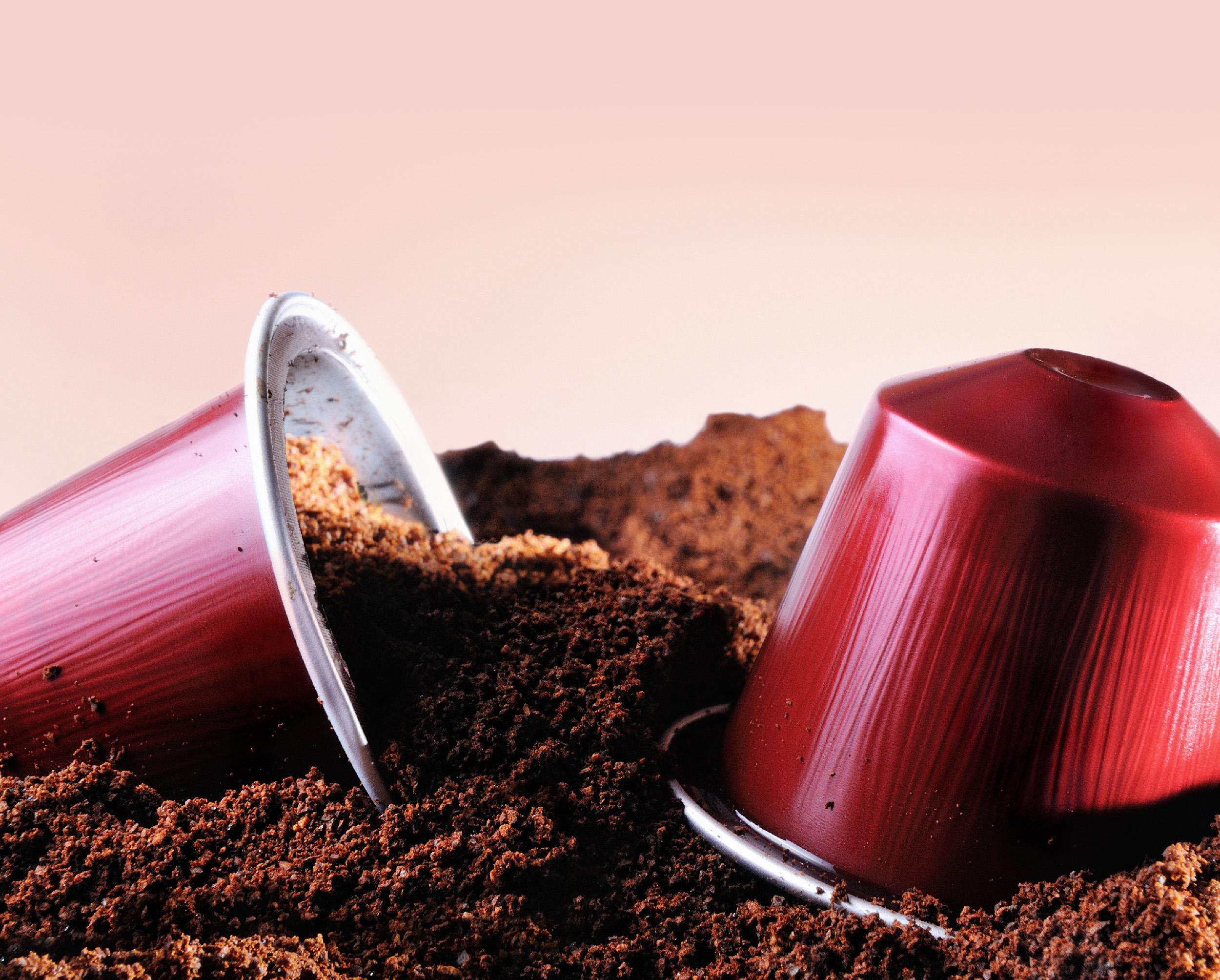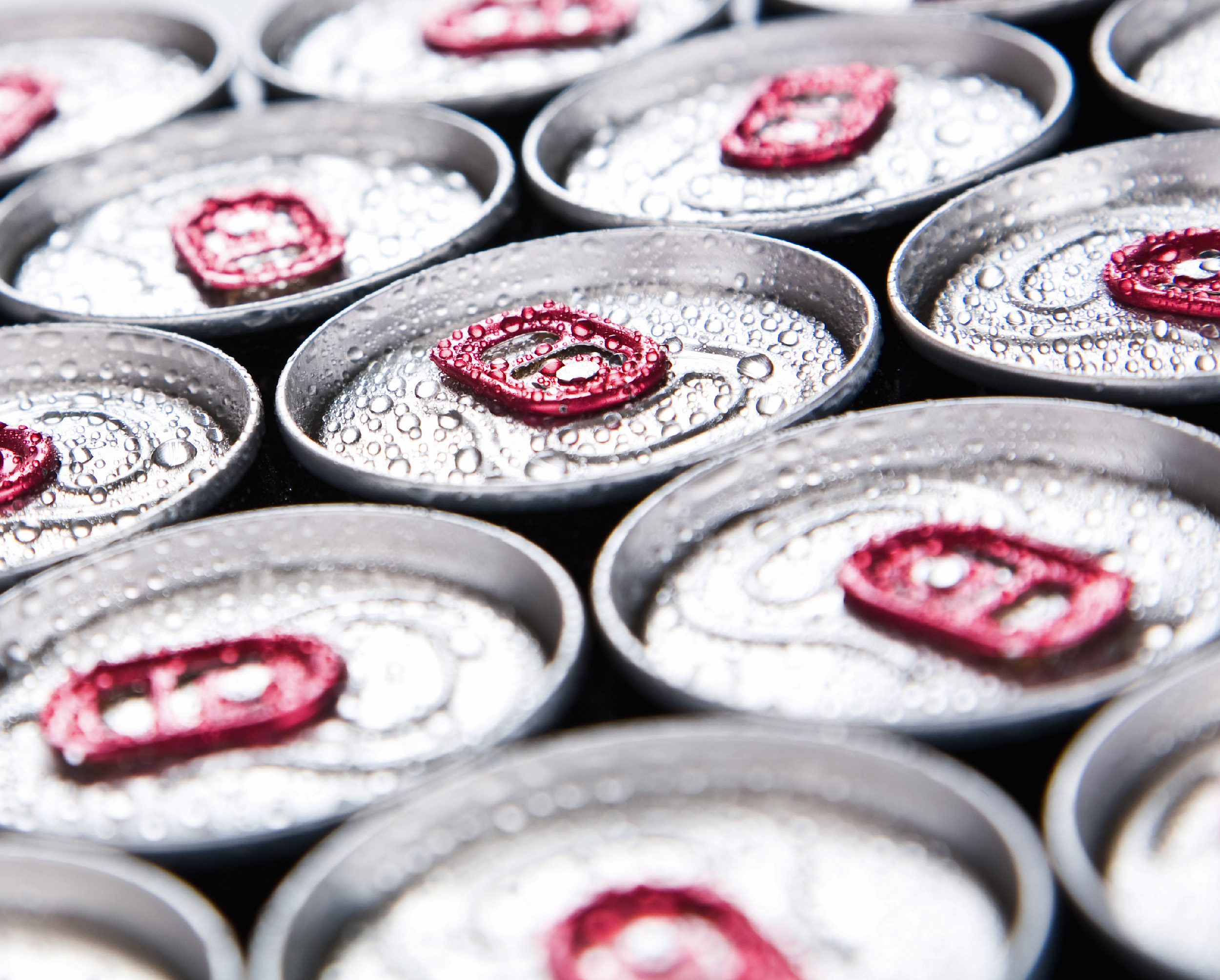Because packaging waste has a visible impact in consuming countries, it is often thought of as a major contributor to the environmental impact of coffee. Many coffee roasteries tout their environmental credentials by emphasising their recyclable or compostable packaging. However, numerous analyses show that the environmental impact of packaging is limited.
One analysis of a coffee roasting business in Sicily looked at several measures of environmental impact, including greenhouse gas emissions, ecotoxicity, and ozone layer depletion (Salomone 2003). According to this study, the environmental impact of roasting and packaging the coffee is ‘almost negligible’ compared with other factors that contribute to the carbon footprint and other environmental consequences of coffee production. This applies whether the packaging is recycled or not.
An analysis of production at Tchibo, on the other hand (PCF Pilotprojekt Deutschland, 2008), estimates that packaging contributes 0.13 kilograms of carbon dioxide (CO2) per kilogram of green coffee, accounting for 1.8% of the total emissions for a cup of coffee. This is the default value used in the LCA (life-cycle analysis) app.
A research paper comparing multiple life-cycle analyses showed that packaging makes a modest contribution to the overall carbon footprint, with two notable exceptions: pre-brewed, packaged coffee (such as التخمير البارد) and coffee capsules or pods (Heller 2017). Because each pre-brewed coffee is packaged individually, packaging made by far the single biggest contribution to the carbon footprint of the beverage (Hassard et al 2014). This study was based on consumption in Japan, where pre-brewed coffee is commonly available, usually packaged in steel cans. Around 17% of all coffee in Japan is consumed this way; because of the impact of the packaging, it contributes nearly half of the carbon footprint from coffee consumption in that country.
Pictures: Coffee pods and التخمير البارد cans.
In the case of single-serve capsules or pods, the environmental impact of the packaging may be offset by reduced coffee waste. Heller points out that in drip-brewed systems, it’s common to make more coffee than is actually consumed. If this occurs, then single-serve systems can actually be a more environmentally friendly option.
A comprehensive LCA comparing different types of packaging shows that laminate bags or packs are more environmentally friendly than steel or plastic containers, both in terms of the carbon footprint and in the amount of solid waste generated, even when recycling is taken into account (Franklin Associates 2008).
Although new types of coffee packaging such as fully compostable bags should reduce the amount of plastic sent to landfills, no strong evidence suggests that they will reduce the overall carbon footprint. For example, one study of bioplastics found that the fertilisers used in growing the feedstock and the processing required to turn the plants into plastic generated more CO2 than traditional plastic manufacturing (Tabone et al 2010).
منظومة اتخاذ القرار - (قيد الترجمة)
دورة إلكترونية مجانية تلقي نظرة ناقدة على تأثير المناخ في صناعة القهوة
بدأنا في باريستا هاسل في إعداد دورة تدريبية مجانية تحت اسم منظومة اتخاذ القرار - (قيد الترجمة) لمساعدة معدي القهوة وأصحاب المقاهي في اتخاذ قرارات مستنيرة حول كيفية العمل في عالم تعصف به التغيرات المناخية. نعترف بأن صناعتنا قد شابها تاريخ من الاستعمار والاستغلال ونشر الادعاءات الزائفة بحماية البيئة. وتهدف هذه الدورة إلى تمكين القراء من تولي زمام الأمور بأنفسهم، وقد كان الفضل لأشخاص رائعين مثل البروفيسور ستيفن أبوت (الذي صنع تطبيقًا لهذه الدورة يتيح لجميع طلابها الوصول إلى التكنولوجيا التي يحتاجونها للقيام بتحليل دورة الحياة الخاص بهم)، نأمل بأن ننجح بتشجيعكم من خلال هذه الدورة على العمل على تقليل الانبعاثات خلال عملكم. وبدايةً من الدرس الأول، ستكتشفون كيف يمكن لمعدي القهوة التأثير بشكل كبير في الحد من الانبعاثات الكربونية. ننشر هذه الدورة التدريبية على مراحل هنا على مدونتنا لتكون متاحة لمشتركي باقة باريستا هاسل غير المحدودة: مع تحديثاتهم غير المحدودة.






Single use coffee pods are objectively horrible for the environment. In 2018 59 billion coffee pods were made, the vast majority of them will sit in a landfill or the ocean for hundreds of years. “No strong evidence suggests that they will reduce the overall carbon footprint“. Coffee will never reduce the carbon footprint. The idea isn’t to reduce it, it is to have a small one as possible. Yes, when making bio plastic it might generate more CO2, but at least it’s not filling a landfill or the ocean somewhere.
It sounds like this article is suggesting that because packaging only makes 1.8% of the emission we shouldn’t bother trying to develop or invest responsible packaging? 1.8% is still millions of pounds of plastic and waste.
Thanks for making this important point klmartinez803. Have you had a chance to read this lesson from our free-access course, the Decision Tree? It’s goes into a lot of detail about plastic pollution; the pros and cons of compostable packaging as well as all the other sources of waste across the coffee chain. BH